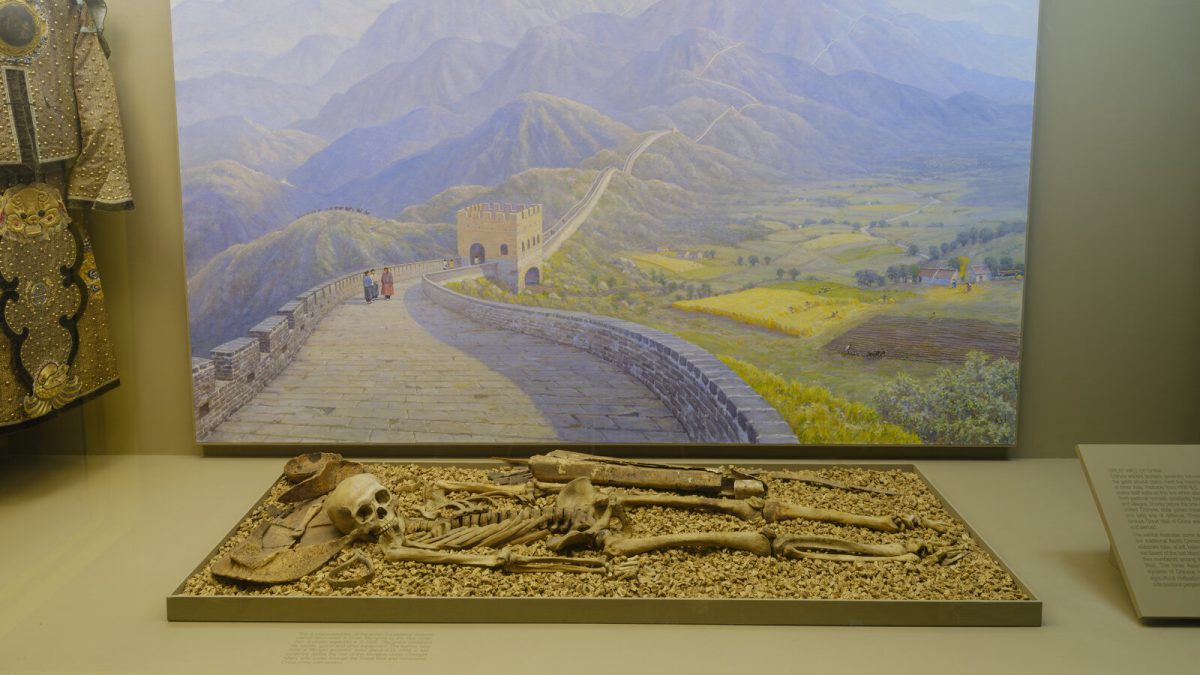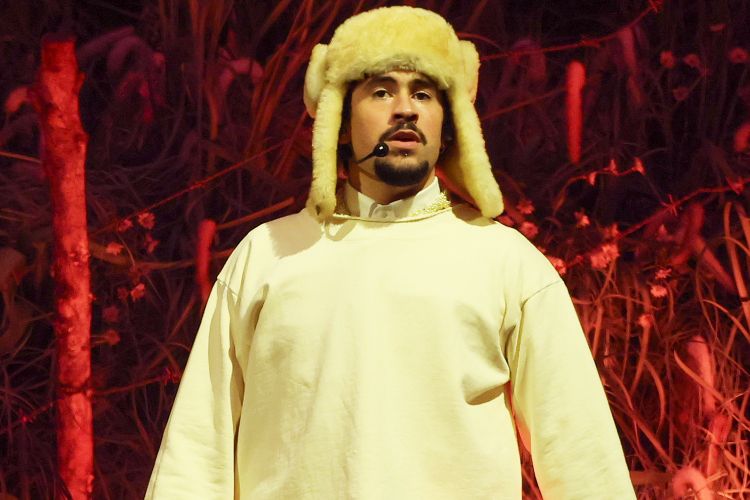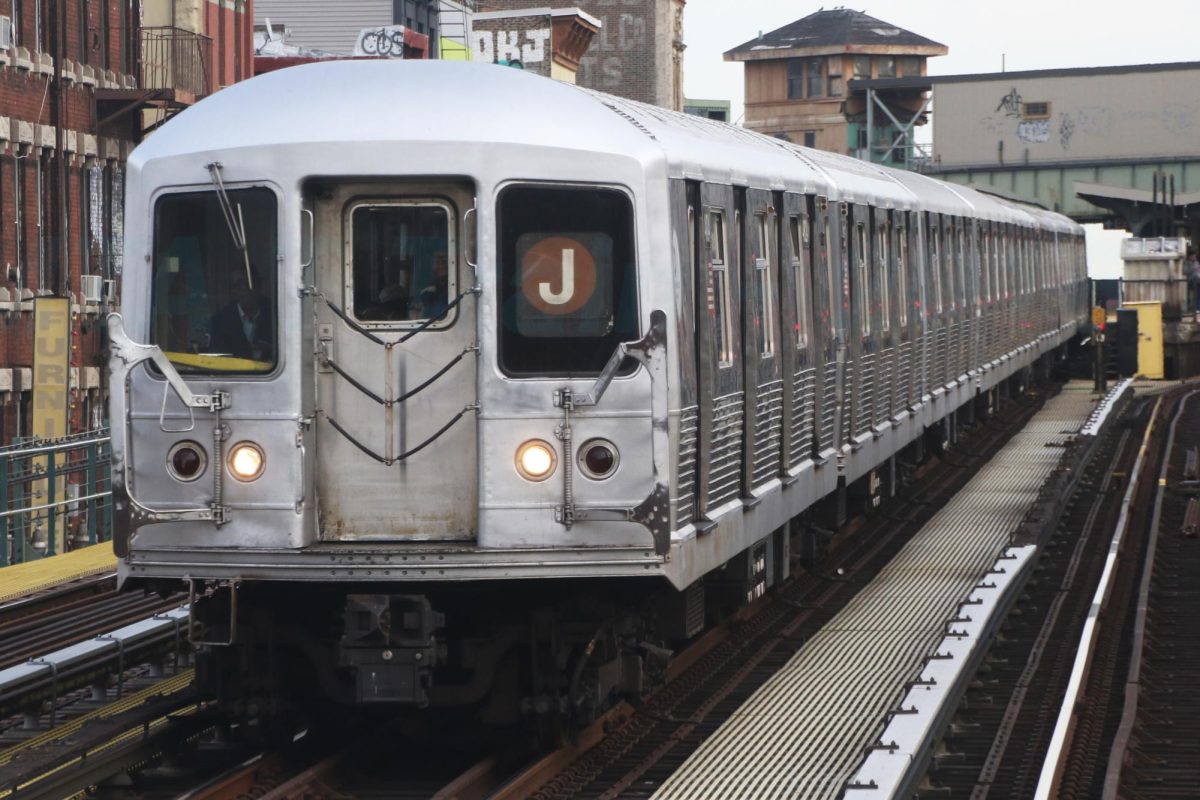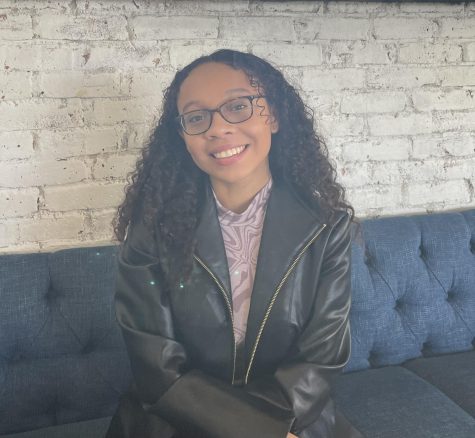On Oct. 12, the American Museum of Natural History (AMNH) announced it is returning the remains of around “12,000 individuals” to their communities. Many of the remains are from indigenous communities, victims of genocide, slavery and taken from burial grounds worldwide. Most, if not all, of the remains were illegally taken during expeditions or donated by eugenists, with communities not even aware of how their ancestor’s remains ended up at the AMNH. The handling of human remains, and their controversial origins were the subject of an exposé by John Jay professor Erin Thompson in Hyperallergic on Oct. 15. The museum’s collection has faced scrutiny in the past few decades by affected communities asking for the remains back, and the museum’s responses.
The over 12,000 remains come from communities all over the world. Expeditions were held to take human remains from sacred sites such as burial sites in Canada, Easter Island, Greenland, Mexico and Siberia. During an expedition from 1939 to 1941 to Point Hope, Alaska, the museum took 500 bodies and 10,000 artifacts from the Ipiutak tribe. According to The New Yorker, the museum has victims of the Herero and Nama genocide as part of their collection. Victims of the Armenian genocide are also part of the collection and were donated by collector Felix von Luschan during the 20th century. 414 remains from Peru and Chile are also held by the museum, brought there as part of a eugenics study called “comparative anatomy” in the early 20th century. The museum has the skulls of 277 Africans from Africa and 75 remains of indigenous South Africans. Of the 75, 42 were donated by Scottish doctor Robert Broom, whose methods included cutting the heads off of elderly South Africans once they died and boiling them. The AMNH has ignored South Africa’s plea to give back the remains. In 2020, AMNH banned “destructive research on human remains” after it faced protests after it destroyed Native American remains as part of a study. Sixty remains of black New Yorkers were stolen from Manhattan cemeteries, known to be the resting place for enslaved people.
There are 12 displays with human remains at AMNH, a prominent one being the “Copper Man,” the remains of a Chilean miner who died 1,500 years ago. His remains were donated in 1905 by Chilean entrepreneurs and J.P. Morgan, a museum board member at the time. Chile officials have asked for The “Copper Man” to be returned to the country since 1991, which the museum delayed for many years, telling the Chilean government that his remains would only be sent if they kept the same conditions he was in while at the museum. Instead, the museum sent a replica of his remains to Chile while also failing to tell the Chilean government that they had additional Chilean indigenous remains, such as the remains of a child and adult that were taken from their grave and donated in 1921.
Many indigenous communities have criticized the AMNH for not having the resources to repatriate and rebury their ancestor’s remains. To get back remains, many communities have had to raise money just to travel to the museum. For example, in 2008, the Tseycum First Nation tribe raised $150,000 to travel to AMNH and reclaim 55 of their ancestor’s remains. Currently, 1,000 remains have been returned to communities within the United States, and 200 returned internationally.
In response to the Hyperallergic article, AMNH announced it would remove any objects that include bones in the next eight weeks and change its policies. When speaking with NPR, President of AMNH Sean Decatur said the museum would “make sure that we have the staffing and support in place to have a full accounting for our holdings, as well as supporting [their] return and repatriation.” In a press release announcing the new policies, the museum states it no longer collects human remains. Non-invasive research is only done with consultation from the community the remains are a part of and with the community’s consent. It also acknowledges the museum’s history with eugenics and condemns it. The statement says, “[M]any researchers in the 19th and 20th centuries then used such collections to advance deeply flawed scientific agendas rooted in white supremacy… This research is disturbing morally and flat-out wrong scientifically.” As of now, the repatriation procedures have been updated, and according to an AMNH representative, the removal process will be done by the end of the year.








